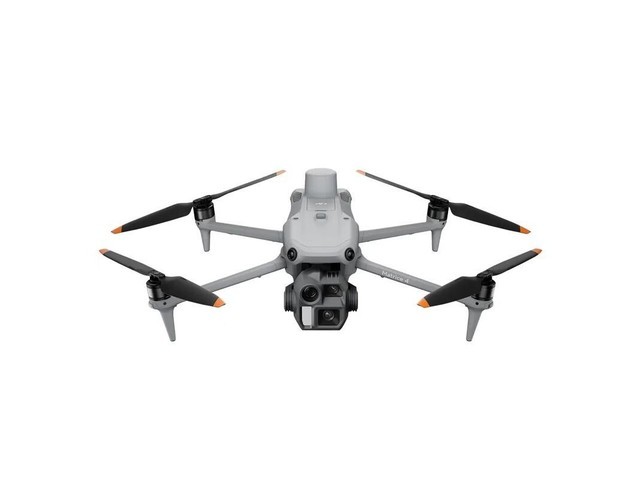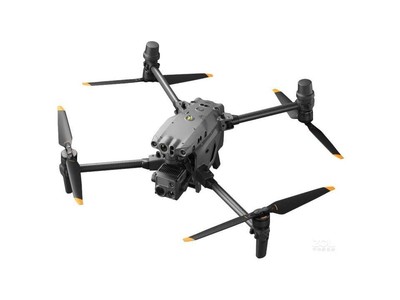The advent of drone sprayer technology marks a revolutionary leap in modern agriculture. This innovation is transforming how farmers approach crop management by elevating efficiency and precision to unprecedented levels. As agricultural needs continue to evolve, the integration of drone sprayers into crop management strategies proves to be indispensable. By utilizing drones, farmers can ensure uniform distribution of fertilizers and pesticides, minimizing wastage and environmental impact. The flexibility of drones allows them to easily access hard-to-reach areas, thereby improving the overall efficacy of treatment applications.
Benefits of Using Drone Sprayers

Drone sprayers have reshaped the agricultural landscape by enabling farmers to optimize resource usage and ensure sustainable farming practices. Precision is a key benefit; drones can be programmed to target specific areas with pinpoint accuracy, ensuring crops receive the right amount of treatment necessary for growth. This precision helps in reducing chemical overdoses which have detrimental effects on both crops and the surrounding environment. Additionally, drone sprayers reduce labor costs and manual intervention, freeing farmers to focus on other crucial aspects of agricultural management.
How Drone Sprayers Work
At the heart of drone sprayer operation is advanced GPS and mapping technology. With real-time data analytics, drones can navigate expansive fields efficiently. Equipped with tanks carrying the required liquid formulations, drones disperse chemicals uniformly across specified crop areas. Some models are equipped with sensors that assess crop health and adjust spray patterns accordingly, making drone sprayers smarter and more adaptive with every flight.
Integration with Smart Farming
As part of smart farming, drone sprayers contribute significantly to precision agriculture alongside other technologies like IoT devices and automated machinery. This integration facilitates better data collection and analysis, enabling farmers to make informed decisions based on real-time crop conditions. The robustness of drone technology promises future enhancements that will further refine crop monitoring and treatment processes.
Challenges and Opportunities
Despite their numerous advantages, drone sprayers come with challenges such as regulatory hurdles and initial setup costs. Navigating aviation laws and acquiring the necessary permissions can be daunting. However, as awareness grows and governments recognize the potential benefits of drone technology, regulations are gradually accommodating these innovations. Moreover, the investment in drone technology often yields substantial returns through increased crop yields and reduced resource wastage.
Future of Drone Sprayers in Agriculture
The future holds promising innovations for drone sprayers within the agricultural sector. The potential for drones to be integrated with AI makes them intelligent enough to adapt autonomously to changing environmental conditions. This progress will enhance decision-making accuracy and resource management, propelling sustainable agricultural practices to the forefront.
FAQs
- How do drone sprayers differ from traditional spraying methods? Drone sprayers offer precision and efficiency that traditional methods cannot match. Their ability to navigate and treat areas without damaging crops makes them superior.
- Are drone sprayers cost-effective? While initial investments may be high, the long-term benefits of increased yields and reduced chemical usage contribute to their cost-effectiveness.
- What are the environmental impacts of using drone sprayers? Drones help in reducing environmental stress by optimizing chemical use, ensuring minimum impact on the ecosystem.
